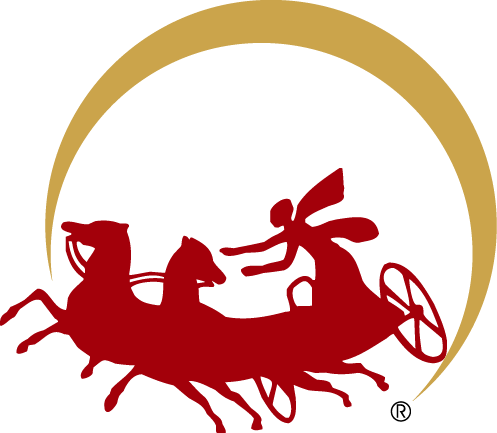The beginning of the organized museum movement in Stara Zagora was laid in 1907 with the establishment of the Archaeological Society “Augusta Traiana” by a group of patriotic cultural activists and public figures from Stara Zagora. Just 5 years later, a special building for the museum and the city library was constructed in the city. In 1949, the Stara Zagora Museum was nationalized and transformed into a municipal institution, and on January 1, 1953, it was declared a district museum and assumed the functions of a scientific and methodological center for the region. In 2000, by a decree of the Council of Ministers, it was transformed into the Regional Historical Museum – Stara Zagora.
In 2007, the museum was accommodated in a specially built building resembling a sandglass – an allusion to the passage of time. This is the first building in the country constructed for a museum since 1989. It was declared the “Building of the Year 2009” in the category of “Buildings with Special Purpose.” The architects of the building are Georgi Chernev, Petar Kiryakov, and Nikolay Vatev.
The permanent exhibition of the museum was opened on March 3, 2009. It spans three levels and traces the history of the city from the 6th millennium BC to the reconstruction of Stara Zagora after the destruction during the Russo-Turkish Liberation War (1877-1878).
On the ground floor of the building, the original remains of one of the main streets of the ancient city Augusta Traiana are exhibited. A focal point is the unique mosaic floor from the 4th century AD, “Dionysian Procession.” On the first level, the museum’s rich collections from prehistory and antiquity are displayed. The exhibition on the second level showcases significant medieval monuments, including the Lioness with Cub, one of the five unique stone reliefs with stylized animal images, a fundamental symbol in the coat of arms of Stara Zagora. Exhibits from the 15th to the 19th centuries illustrate the establishment of Eski Zagora during the Revival period as an important economic, cultural, and educational center.
The space for temporary exhibitions is located on the third level of the museum building.
In the museum’s courtyard, a lapidarium has been arranged, which during the warm part of the year serves as a stage for theatrical performances, concerts, and other events from the municipality’s cultural calendar.
Museum objects affiliated with the Regional Historical Museum – Stara Zagora include the Museum of Neolithic Dwellings, the Ancient Forum Complex of Augusta Traiana, the Architectural Complex “Museum of Religions,” the House Museum “Urban Life of the 19th Century,” the Museum Object “Hilandar Monastery,” the Museum Object “Late Antique Mosaic from a Private Roman House, 4th century AD.”
